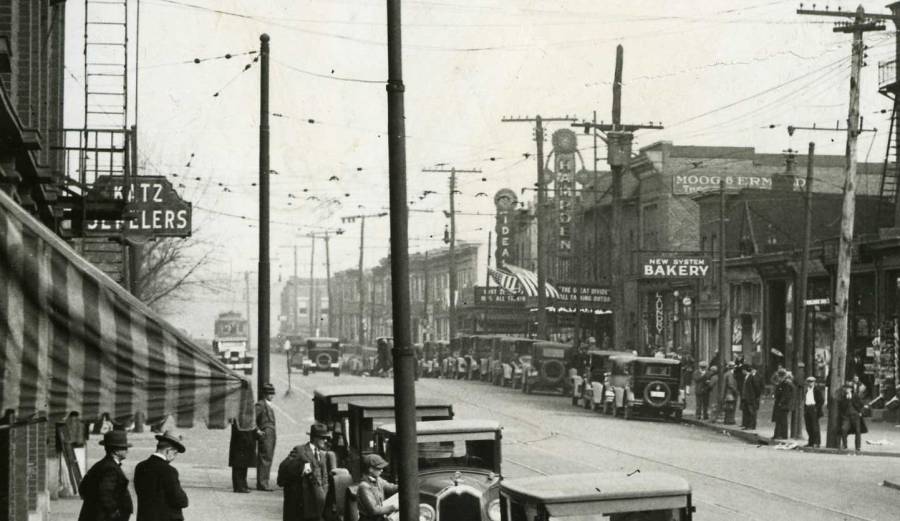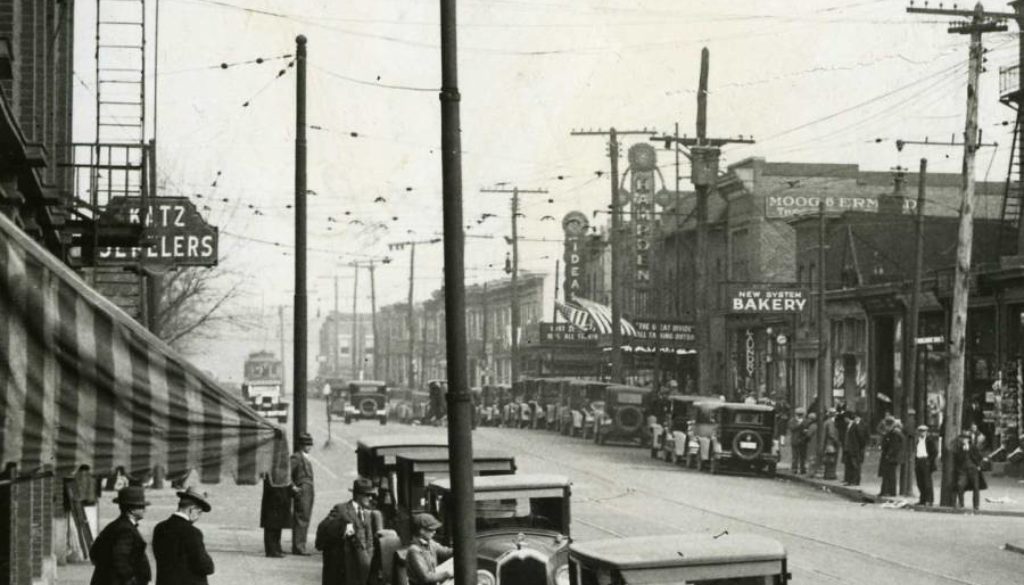The Hampden Local’s History Guide

Written by Josh Mente
If there’s one thing you might know about Co-Balt by now, it’s that we’re incredibly proud to be part of our neighborhood of Hampden. This place is deeply ingrained in our business, and everything we do is rooted in this community.
For the people who live and work here, all the amazing things about Hampden are common knowledge.
But for those who don’t, I thought I’d take a minute to share a bit of the history of our neighborhood and how it became the place it is today.
The Hampden Vibe
Hampden is often thought of as being a “village in a city.” It conjures up a sense of community within the conveniences of a city. Great food, an amazing art scene, and fantastic people.
While Hampden has always had that warm community feel, the modernization that’s occurred over the past decade or so is definitely something many long-time residents are still getting used to.
One of the best things about this neighborhood is just that. There’s a storied past behind the streets of the latest trends.
The History of Hampden
Hampden’s namesake comes from English politician John Hampden. In 1802, the town was established as a home for workers in the mills from Jones Fall Valley.
A group of mill-owning families took advantage of the rushing waters of the Jones Falls to establish several neighboring mill villages and, as a result, Hampden got its stride and eventually helped produce 80% of the world’s duck cotton by the late 1800s.
Interestingly enough, a lot of Hampden’s original residents immigrated from Kentucky, West Virginia, and western Pennsylvania in search of jobs. This influx really solidified the area’s image of being a working-class neighborhood.
And that wasn’t the only impact it caused: by the 1900s, Hampden had one of the country’s most significant workforces. It also provided massive support to the war efforts during both World Wars.
But, sadly, by the 70s, mills began dying off along with the demand for duck cotton. And for a time, Hampden seemed to lose its way while it searched for a new identity.
Hampden As We Know It Today
It took a few decades, but this incredible neighborhood found itself once again. It grew to embody an identity of working class people, artists, and young professionals.
In the 90s, new residents–deeply ingrained in the arts scene–began revitalizing the area with studios and office spaces.
It was a beautiful reinvention.
These people have helped Hampden to thrive again. Factories, churches, and office spaces are being remodeled and repurposed, attracting many trendy millennials and creating an eclectic feel.
And in the past ten years or so, The Avenue has turned previously sad and vacant spaces into an incredible area booming with restaurants, trendy boutiques, galleries, a yoga studio, and even an upscale wine bar and some amazing cocktail bars. The addition of bus lines and the Light Rail have also helped make the area even more accessible for both residents and visitors.
That’s why it was recently named one of the hottest neighborhoods in the entire country.
Not bad for a once humble little working-class town!
We’re incredibly proud to be part of this reinvention and to be a member of this incredible community.
So, if you’re looking for an amazing place to work in the heart of this lively and unique neighborhood, I’d invite you to come see Co-Balt, find out what we’re all about, and learn how our workspace–and Hampden itself–can help make your workdays even better.
Looking to come check out our professional workspace in the heart of Hampden?
And if you’re interested in joining an incredible professional community in the heart of Hampden, contact us to learn more about Co-Balt Workspace.



